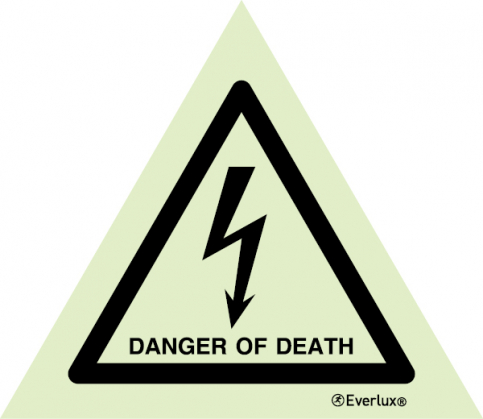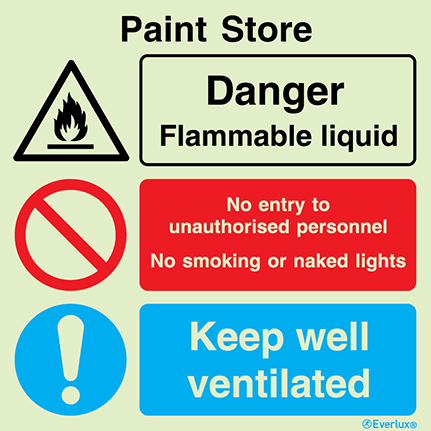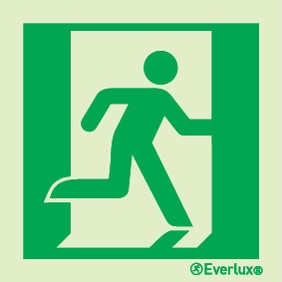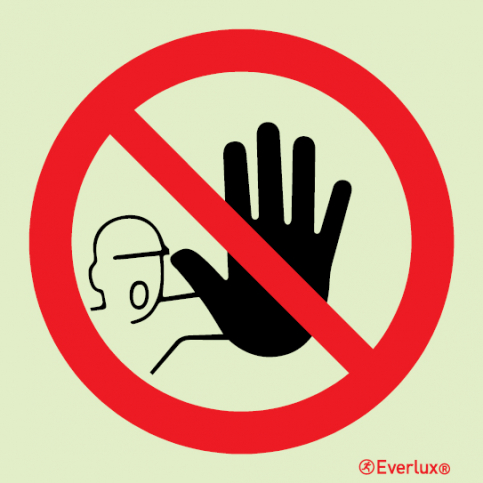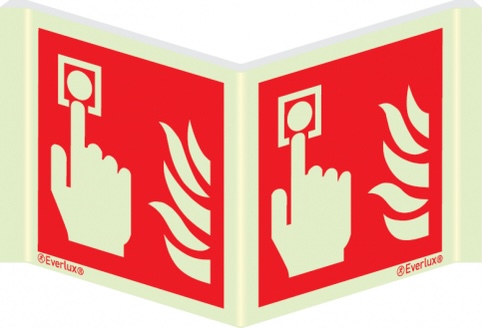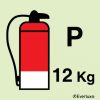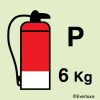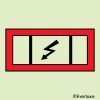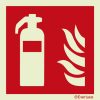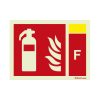Fire Fightning
Fire fighting signs: guiding vigilance and swift response in emergencies
When flames flicker and smoke billows, every second counts. In the heart of crisis, fire fighting signs emerge as beacons of direction and knowledge, guiding first responders and occupants towards safety and effective firefighting measures. These visual cues are essential lifelines that empower individuals to take control in the face of danger, helping to mitigate risks and minimize damage. Let's explore the vital role that fire fighting signs play and why they are an integral component of any comprehensive emergency preparedness plan.
The significance of fire fighting signs
Rapid identification:Fire fighting signs are designed to be instantly recognizable, ensuring that firefighters can swiftly locate critical equipment such as fire extinguishers, hoses, and emergency alarms. In the heat of the moment, clear and well-placed signs facilitate quick and informed decision-making.
Clear instructions:These signs not only point the way to fire fighting equipment but also provide concise instructions on their proper usage. This information empowers individuals to act confidently, even if they are not experienced firefighters.
Preventing escalation:First responders rely on fire fighting signs to identify potential hazards, emergency shut-off valves, and escape routes. By knowing how to isolate a fire's fuel source or control utilities, responders can prevent the situation from worsening.
Occupant safety:Fire fighting signs aren't just for professionals; they also guide building occupants towards the nearest exits, assembly points, and fire alarm pulls. This knowledge ensures a swift evacuation and aids in overall occupant safety.
Compliance and regulations:Fire codes and safety standards mandate the proper installation of fire fighting signs. Compliance not only helps avoid legal repercussions but also underscores a commitment to safeguarding lives and property.
Training and familiarity:Regular exposure to fire fighting signs during fire drills and training sessions enhances familiarity. This familiarity can significantly impact response times and effectiveness during actual emergencies.
Integration with technology:Modern fire fighting signs can be augmented with technology, such as QR codes that provide access to detailed firefighting instructions or virtual simulations. These innovations enhance preparedness and response capabilities.
Emergency services coordination:Fire fighting signs play a crucial role in facilitating communication and coordination among emergency responders. Clear signage aids in establishing command posts and optimizing resource deployment.
From the first alarm to the last ember, fire fighting signs stand as silent sentinels of safety. Their presence is a testament to a commitment to preparedness and a dedication to safeguarding lives and property. With their ability to cut through chaos and uncertainty, these signs become invaluable allies in the fight against fire. Remember, investing in effective fire fighting signs isn't just about following regulations; it's a declaration that readiness and resilience are at the forefront of protecting what matters most.





